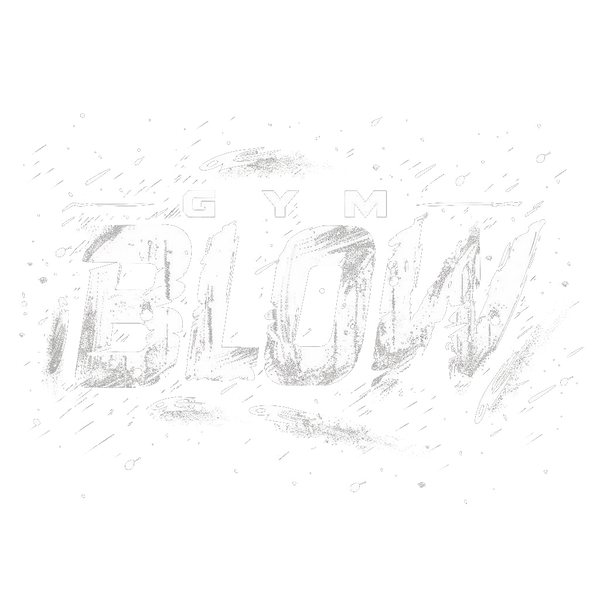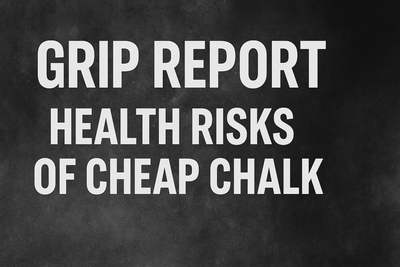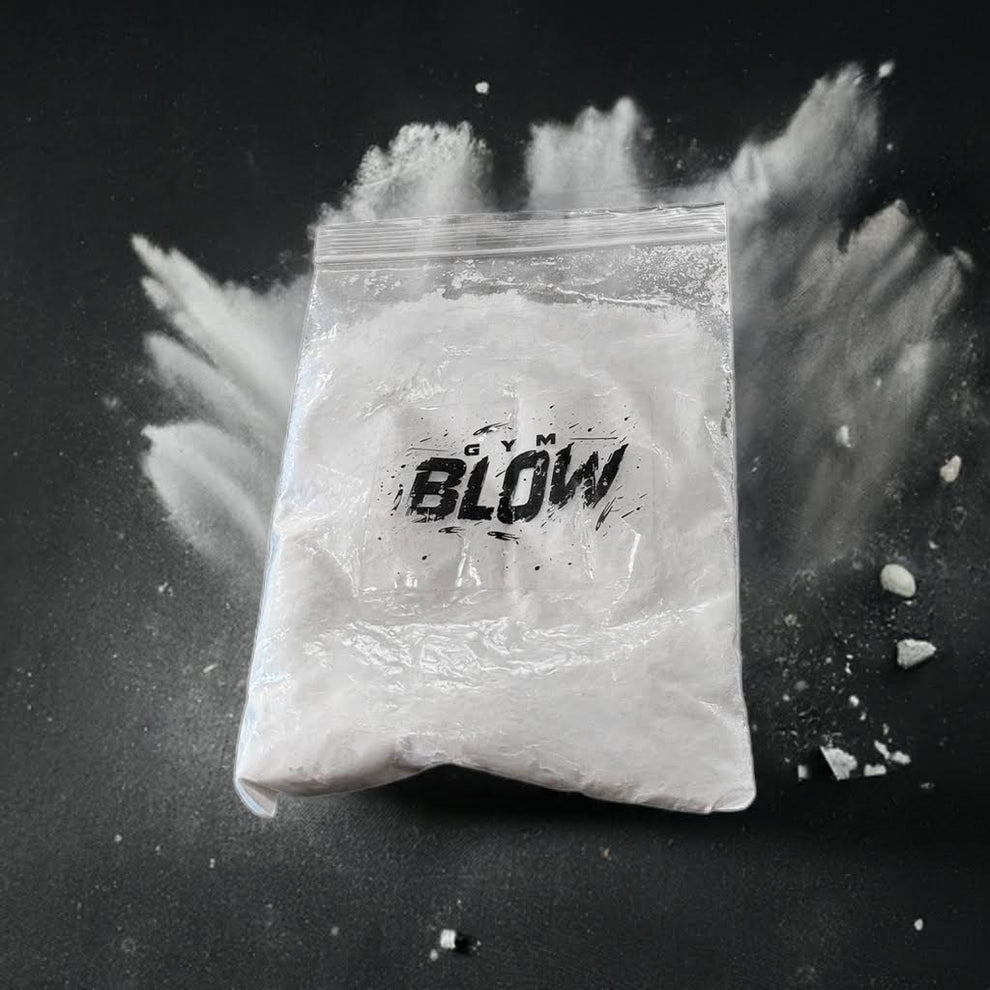Gym chalk boosts sweat absorption and friction—critical for pull-ups and muscle-ups—helping you grip longer and avoid slippage.
Get a grip before gravity gets you. Here’s how to dominate pull-ups with the right chalk—and why your hands will thank you later.
Jump to Section
- Why Gym Chalk Improves Pull-Ups & Muscle-Ups
- Powder vs Liquid Chalk for Pull-Up Bar Performance
- How to Apply Gym Chalk for Pull-Ups Properly
- Prevent Hand Rips on Pull-Ups: Chalk + Callus Care
- Liquid Chalk vs Powder Chalk: What’s Best for Calisthenics
- Final Tips: Nail Pull-Up Grip with the Right Chalk
Why Gym Chalk Improves Pull-Ups & Muscle-Ups
Your hands are the only thing standing between you and gravity. And gravity doesn’t care if you’re chasing PRs or just trying not to fall off the bar mid-set. Chalk for pull-ups isn’t just a gym flex—it’s a necessary tool to boost grip strength, reduce moisture, and protect your hands from tearing mid-WOD.
Without gym chalk, every set feels slippery. With it, your palms lock into the bar with purpose. Chalk helps redistribute pressure, absorb sweat, and support powerful transitions during muscle-ups. Gym Blow’s lifting chalk is engineered for all of this—and more.
Powder vs Liquid Chalk for Pull-Up Bar Performance
Choosing the best gym chalk depends on your style of training. Here’s how each type performs:
- Powder Chalk: Provides instant friction, faster coating, and high sweat absorption. Best for home gyms and short sets.
- Block Chalk: A compressed version of powder that breaks apart over time. Economical and great for bulk users.
- Liquid Chalk: Applies clean and sticks longer. Great for humid gyms or travel. But it may contain drying alcohol and doesn’t feel as grippy as powder chalk.
Our pick? Powder chalk wins for pull-up bars. Gym Blow is 100% American-made powder chalk—no fillers, no nonsense. Just grip.
How to Apply Gym Chalk for Pull-Ups Properly
Want max results? Apply chalk the right way:
- Start dry: Moisture ruins friction. Wash and dry your hands before chalking up.
- Coat the contact zones: Focus on fingers, top of calluses, and palm creases.
- Don’t cake it: Too much chalk leads to clumping. You want thin, even coverage.
- Reapply strategically: Between sets, not during reps. Chalk is prep, not a mid-rep patch.
Pro tip: Rub chalk in like lotion, not like you’re summoning a ghost.
Prevent Hand Rips on Pull-Ups: Chalk + Callus Care
Rips are the badge nobody wants. Chalk helps—but prevention goes deeper:
- Use a pumice stone or callus shaver weekly. Thin = strong.
- Grasp with fingers, not your palm. Minimize fold and pinch zones.
- Wrap up with grips or finger tape on volume days.
Chalk + grip tools = less skin tearing, more PR chasing. Keep your hands functional. You can’t crush a WOD with hamburger palms.
Liquid Chalk vs Powder Chalk: What’s Best for Calisthenics
| Chalk Type | Pros | Cons |
|---|---|---|
| Powder Chalk | High friction, fast absorption, best tactile feedback | Messier, banned in some gyms |
| Liquid Chalk | Clean application, lasts longer | Can dry skin, less grippy feel |
Bottom Line: Powder chalk gives better grip precision. Gym Blow’s pure powder chalk gives calisthenics athletes the tactile control they need for dynamic bar work.
Final Tips: Nail Pull-Up Grip with the Right Chalk
- Always bring your own chalk—shared tubs are suspect.
- Warm up grip strength with hangs, kettlebell carries, and plate pinches.
- Use chalk as an enhancement—not a crutch. Focus on bar technique.
- Stay consistent with hand care—chalk performs best on healthy skin.
At the end of the day, Gym Blow is your secret weapon. Our lifting chalk is ultra-pure, aggressively grippy, and 100% USA-made. Whether you’re hitting muscle-ups, strict pull-ups, or calisthenics flows—trust the chalk that won’t quit.

![Best Gym Chalk for Pull-Ups & Muscle-Ups [2025 Guide]](http://www.gymblow.com/cdn/shop/articles/best_of_gym_chalk.png?v=1751916479&width=1100)



